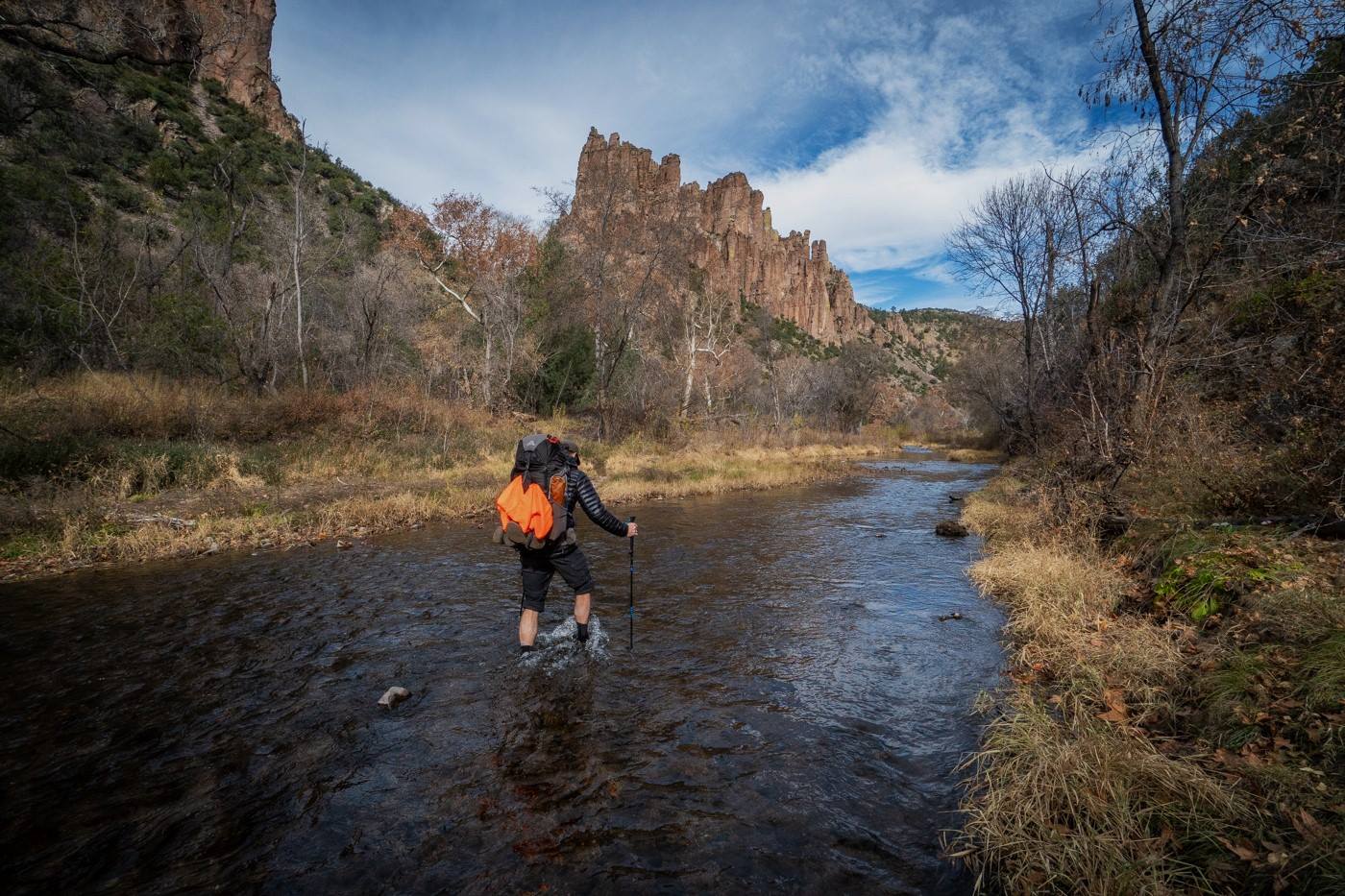Lost Trading Posts Of The Gila Trail

Imagine traveling back in time to the days of the Old West, where dusty trails and rugged landscapes were the norm. The Gila Trail was one of those legendary routes, bustling with traders, adventurers, and pioneers seeking new opportunities. This historic path connected the American Southwest with the rest of the country, serving as a vital artery for commerce and exploration. Along this trail, trading posts sprang up, offering supplies, shelter, and a glimpse into the diverse cultures of the region. These trading posts were more than just stops along the way; they were lifelines for weary travelers and hubs of cultural exchange. Today, many of these once-thriving outposts have faded into obscurity, leaving behind only whispers of their storied past. Join us as we journey through history to uncover the lost trading posts of the Gila Trail, where tales of adventure and survival still echo in the desert winds.
The Gila Trail: A Journey Through Time
The Gila Trail was a vital route for traders, settlers, and adventurers in the 19th century. This path, winding through the rugged landscapes of the American Southwest, was dotted with trading posts that served as lifelines for weary travelers. Today, many of these trading posts have faded into obscurity, but their stories linger on. Let's take a look at some of these lost trading posts along the Gila Trail.
1. Valverde
Valverde was once a bustling hub for traders and travelers. Located near the Rio Grande, it served as a crucial stop for those journeying through the arid desert. The trading post offered supplies, rest, and a chance to exchange news with fellow travelers. Though little remains of Valverde today, its legacy as a vital waypoint on the Gila Trail endures.
2. Socorro
Nestled in the heart of New Mexico, Socorro was a beacon of hope for weary travelers. This trading post provided essential goods and services to those making the arduous journey along the Gila Trail. Socorro's strategic location made it a popular stop, and its history is rich with tales of adventure and survival.
3. Fort Craig
Fort Craig was more than just a trading post; it was a military outpost that played a significant role in the history of the Southwest. Situated near the Gila Trail, it offered protection and supplies to travelers. The fort's presence helped ensure the safety of those traversing the often-dangerous trail, and its ruins still stand as a testament to its storied past.
4. Cooke's Spring
Cooke's Spring was a vital oasis for travelers on the Gila Trail. This natural spring provided much-needed water in the harsh desert landscape. The trading post that sprang up around the spring offered supplies and shelter to those passing through. Though the spring still flows, the trading post has long since disappeared, leaving only memories of its importance.
5. Tucson
Tucson was a major stop on the Gila Trail, offering a bustling trading post that catered to the needs of travelers. The town's strategic location made it a hub for commerce and communication. While Tucson has grown into a modern city, its roots as a trading post on the Gila Trail remain an integral part of its history.
6. Yuma Crossing
Yuma Crossing was a critical point on the Gila Trail, where travelers could cross the Colorado River. The trading post here provided essential supplies and a place to rest before continuing their journey. Yuma Crossing's significance as a gateway to the West cannot be overstated, and its history is deeply intertwined with the story of the Gila Trail.
7. San Diego
San Diego marked the end of the Gila Trail for many travelers. This coastal city offered a bustling trading post where goods from the East could be exchanged for those from the West. San Diego's role as a trading hub helped shape its development, and its history as a terminus of the Gila Trail is a fascinating chapter in its past.
Rediscovering the Gila Trail's Legacy
The Gila Trail holds stories of adventure, trade, and survival. These lost trading posts were once bustling centers where travelers exchanged goods, news, and culture. Today, they remind us of a time when the American West was still a frontier. Exploring these sites offers a glimpse into the past, showing how people adapted to harsh environments and built communities. While many of these posts have faded into history, their impact on the region remains. They shaped the development of towns and influenced trade routes that are still relevant. Visiting these locations, whether through historical records or physical exploration, connects us to the pioneers who once walked these paths. The Gila Trail's legacy is a testament to human resilience and the enduring spirit of exploration. As we learn about these trading posts, we honor the stories and people who made the trail a vital part of American history.

